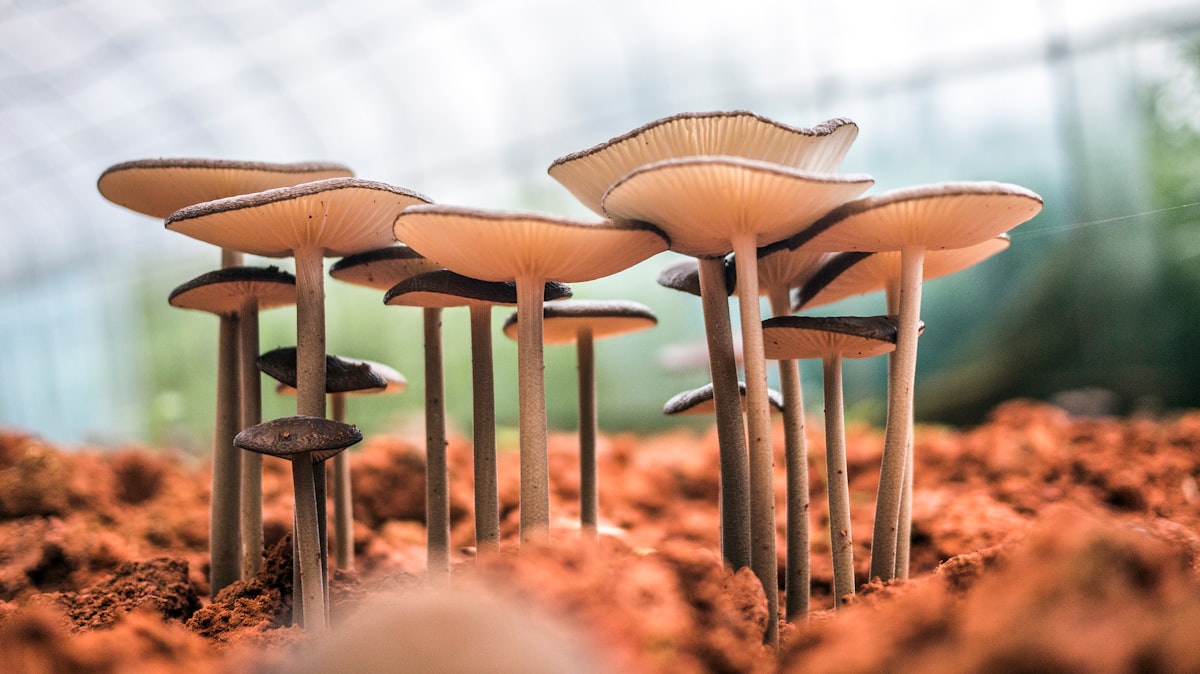Use of fungi in industry, vital for the world economy
The UNAM has a mushroom collection of more than 25,000 specimens that represents an excellent indicator of Mexico's fungal diversity. Fungi are used worldwide in cheese ripening, to obtain penicillin, to make textiles, paper or leather; there are also edible species.

UNAM has a fungi collection of more than 25,000 specimens that represents an excellent indicator of Mexico's fungal diversity. In the world, fungi are used to mature cheese, obtain penicillin, to make textiles, paper, or skins; there are also edible species.
Worldwide, it is estimated that there may be more than 10 million species of fungi, most of them not yet described, and they are considered one of the largest groups of organisms in terms of several individuals and variety; they are second only to insects. The academic technician of the Institute of Biology (IB) and in charge of the Fungi Collection of the National Herbarium of Mexico, Celia Elvira Aguirre Acosta, assured the above and explained:
This place "currently has more than 25 thousand specimens that come from several states of our country, representing a great number of vegetation types, such as temperate forests, tropical rainforests, and desert areas". She added that the compilation of those considered macroscopic began in 1947 by Manuel Ruiz Oronoz and Teófilo Herrera Suárez, from the IB.
The biologist emphasized that these organisms play an important role in the recycling of organic matter, as they are decomposers par excellence because they produce a large number of enzymes with which they can degrade an infinite number of substrates. "There are many parasitic species of plants and animals, including humans, as well as species symbiotically associated with other organisms, where both parties receive benefits, as is the case with lichens and mycorrhizae".
Humans have used them in various industrial processes to obtain numerous products, which has been vital to the global economy. For example, in the maturation of cheeses such as Roquefort and Camembert, in obtaining penicillin and enzymes for the production of textiles, paper, or leather; as well as in the cultivation of edible species such as mushrooms and fungi.
Because of their flavor, several have high culinary value in Mexico. Some mushrooms contain chemical compounds with medicinal properties; while there are also some toxic species, some of them lethal or hallucinogenic, whose consumption dates back to pre-Hispanic times. They have their characteristics of nutrition, physiology, reproduction, and organization, which form a kingdom apart from plants and animals, called fungi, which is defined in part by their form of nutrition, which is by absorption.
In addition, they have no chlorophyll, their cells have a nucleus and their body is made up of a large number of branched filaments with a cell wall of chitin or cellulose called hyphae, which together form a mycelium and reproduce asexually and sexually using spores. In a video transmitted online during the first day of the Science and Humanities Fair, organized by UNAM's General Directorate for the Dissemination of Science, the Master of Science said that they can be found in terrestrial, aquatic, and aerial environments. A simple classification for the fungi world is to separate them into microscopic (such as yeasts and molds) and macroscopic (such as mushrooms and fungi).
The National Herbarium of Mexico
For their collection, a series of appropriate instruments is required. "Only the spore-producing fruiting bodies are collected, the result of sexual reproduction, leaving their mycelium on the substrate." Those to be collected must be complete and mature so that it is possible to observe the appropriate characteristics to determine their species, shape, texture, size, color, taste, and smell.
Subsequently, in the laboratory, dehydration with dry heat is carried out, each individual is stored in cardboard boxes and a label is made with the origin data for its taxonomic study. The arrangement of the Fungi Collection is strictly alphabetical and taxonomic, in suitable furniture for its handling and preservation. This macroscopic collection represents an excellent indicator of Mexico's fungal diversity, which we consider vital for many biological and interdisciplinary studies, she concluded.




